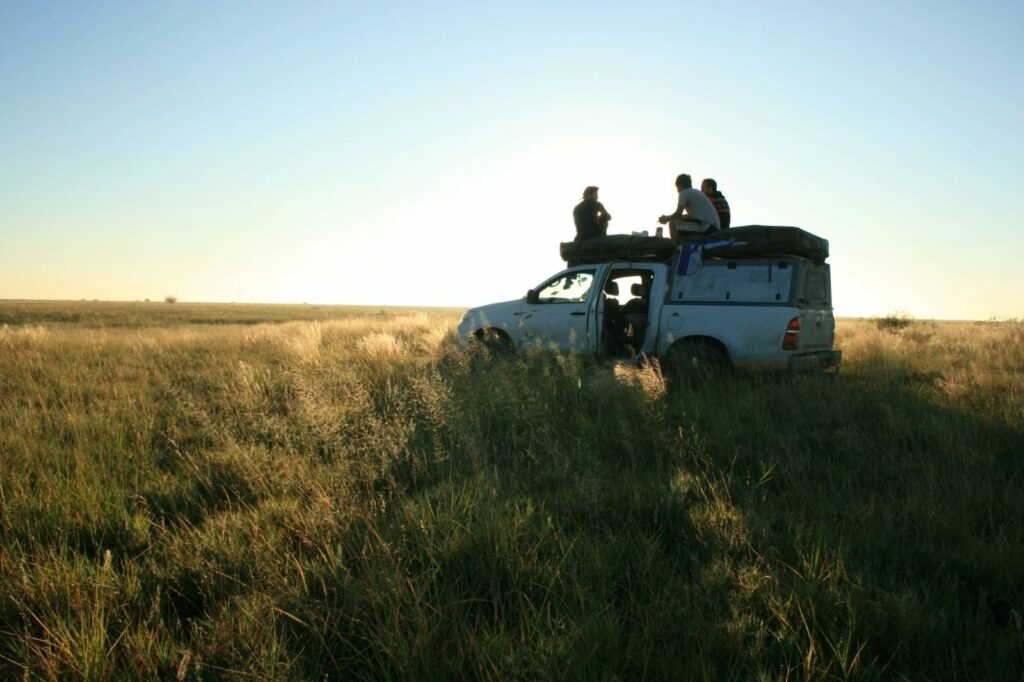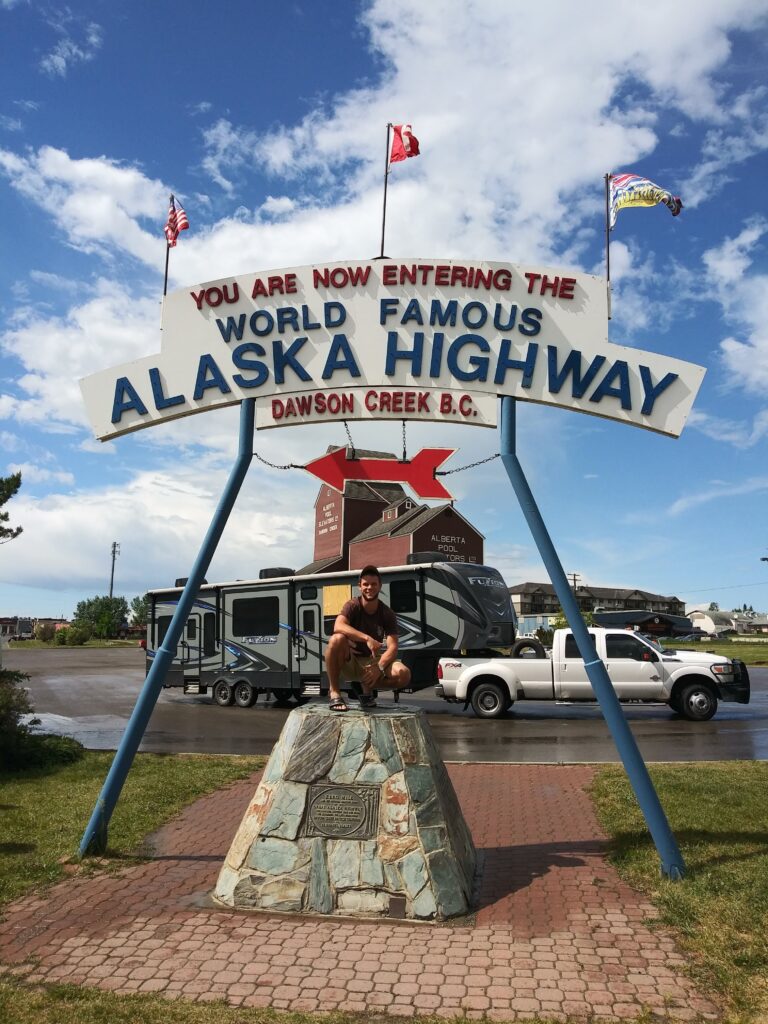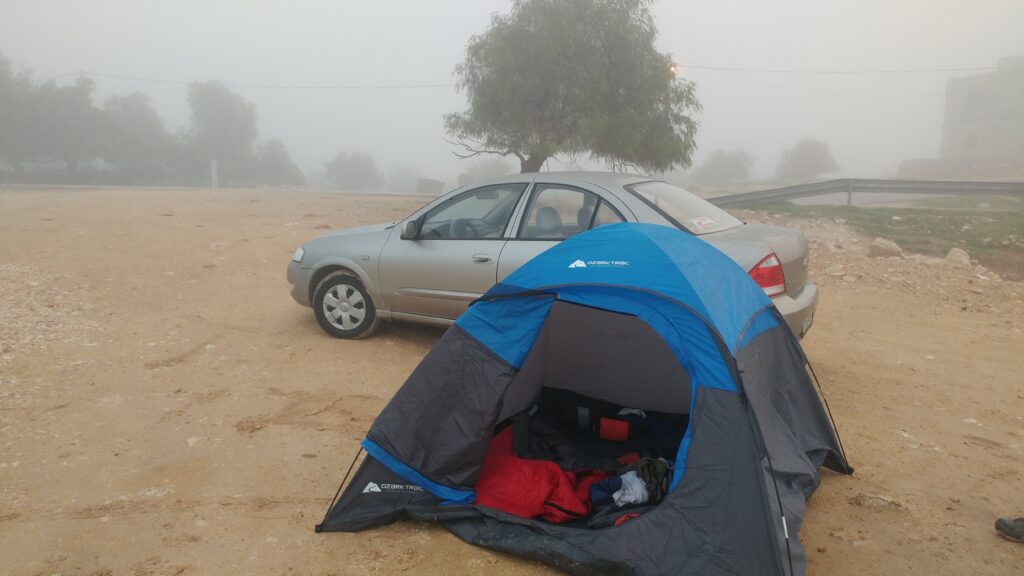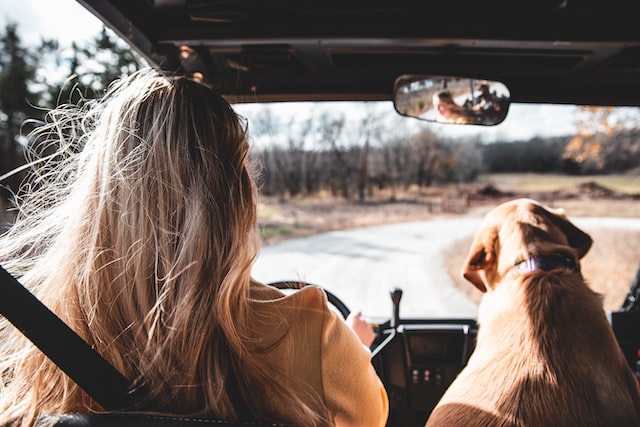Ever since the first coast-to-coast highway was built in America in 1913, it became a fascination for people all around the country to hop in a car and drive to the unknown, the modern-day road trips were born. At first, the open road became symbolic of the transportation advancements of the early 21st century. Cars and airplanes replaced the slow and dangerous wagons, trails, and railroad transportation of the 19th-century homesteaders. In the 1920s the open road symbolized the wealth and prosperity of the times, while in the 1930’s it represented the hope of starting a better life somewhere that the Great Depression hadn’t reached.
The post World War II road culture focused on the American Dream and the move West for so much of the nation, creating the legend of roads such as Route 66. The Interstate system of the 1950s created modern and improved fast highways that opened up opportunities for even the most remote towns to connect to other states. The adventure of the open road was symbolic of the Hippy movement, the hitchhiking culture, and the music scene of the East, West, and South. It symbolizes new beginnings, returning to the past, and leaving everything behind, all at the same time.
Why road trips?
Roadtripping helps you live the changing landscapes and the different cultures that have fascinated so many people for centuries. It is a combination of conquering nature and technology. Every day you wake up with a purpose and destination that can change spontaneously with no second thought. There are father-son baseball stadium road trips, college friends’ budget travel, honeymoon road trips, nature adventurers, glamping road trippers, those that saved up all of their vacation days, and those who just started driving with no destination in mind. In short, there is a road trip for everyone.
Pro Tip: When stopping in towns and cities across America, try to talk to a local about what it’s like in the town. Diners or museums are great places and it will help you appreciate the area more!

How to choose a road trip that fits you
The hardest thing about a road trip is your first one. Learning from mistakes is sometimes the best way to learn and the best way to improve is just by doing it! That being said, it is still important to be realistic and plan as much as possible. The 2 most important questions are: Budget and Time.
Choosing your time and budget
If you have the whole summer off, then a coast-to-coast road trip is an option, while if you only have a couple of vacation days then your trip will probably have to be more local. In terms of budget, if you are trying to save money, then the more campsites or free dispersed camping that you manage to find, the more you can spend on gas and other activities. If you are not into camping or have more of a budget, then Airbnb’s or local hotels are great options to sleep comfortably while also exploring the new city or culture.
After choosing how much time and money you want to spend, you can then choose a route that fits both categories. It’s important to be realistic with both time and budget! After adding in rest stops, spontaneous attractions, and other things that get thrown our way, we might realize that we can’t fit in everything that we wanted to do on this trip. In terms of budget, a small car repair, an unplanned night in a hotel due to rain, or a souvenir to bring home, can all add to the expenses, so it’s important to give yourself a cushion for the budget as well.
Pro Tip: The more friends you bring the cheaper it is. Splitting gas and food between 2 or 3 people is significantly cheaper and can help you stretch your budget over a longer period of time. It also adds more character and helps split up tasks like driving and cooking.
How to plan
The first thing here is to decide what kind of road trip you want to do. This depends on 2 factors: People and Hobbies. If you are doing a family road trip with 2 young kids for example, then you probably aren’t going to plan a 3-day backpacking trip in the Montana wilderness, but rather focus on more reasonable driving days and kid-friendly activities.
If you are going with friends your age who are into hiking and museums then you can plan a route according to these hobbies. Once you have your road trip partners picked out and a general agreement on attractions and hobbies, you’re off to a great start and you know what you want to focus on. If you are going solo then you may find yourself debating out loud who chooses the music and what to do that day. There are blogs and articles about every area and type of road trip possible, or you can check out my personal guide for a 3-day budget road trip in the Blue Ridge Mountains of Virginia and North Carolina as an example.

Pro Tip: Once you find your road trip niche, the possibilities are endless! Whether you like history, hiking, or are a big foodie, there are endless possibilities in North America and the rest of the world.
What to bring
The more you are prepared, the less time and money you will need to spend by stopping along the way. The easiest way to save money is through water and food. Instead of buying individual water bottles at gas stations, buy a few gallon jugs and keep refilling them. This will not only save you a lot of money and time, but it will also guarantee that you will have accessible water for drinking and cooking. In terms of food, eating out 2-3 meals a day can rack up quite a bill so prepare as much food as possible on the go.
Different types of sandwiches, quick meals such as rice, beans, pasta, meat, etc. only cost a few dollars and are easy to make on a small camping stove, one of the best investments for a road tripper! There are plenty of recipes for delicious, healthy, or vegan, meals that will save you a lot of money (and stomach aches from fast food) in the long run. A waterproof tent, rain clothes, flashlight, lighter, warm clothes, sleeping bag, pad, cooler, and camping chairs will ensure a good camping experience, while a portable charger, jumpstart cables, bear spray (if going west), and stocked water and food will keep you safe and ready to go.

Pro Tip: Even if you are not a big cook at home, meals around a campfire or stove are a great way to meet other travelers, or connect to your road trip mates and nature. Cold beer doesn’t hurt either!
What’s next?
Now that you have established who you are going with, for how long, what activities you want to do, and what to bring, the next part is the best- step on the gas! Pick a direction, city, culture, or area that you are interested in, plan the first day (and night) and just start driving. After a few days on the road, you will learn how many hours a day is realistic to drive and what parts you enjoy. You can learn from other road-trippers along the way and find spontaneous activities on the go. You will see how the landscapes and cultures change, you will learn how to get along with your fellow car mates, and most importantly you will learn about yourself!
Pro Tip: While phones are an incredible tool for navigation and finding things to do, some of the coolest and quirkiest attractions I found have been from spontaneously following signs. Up until 15 years ago, that’s how people have always taken their road trips!
About the Author
Shmuel Gordon experienced his love of road tripping on a spontaneous, unprepared, cold, coast-to-coast road trip in November 2017. Since then he has done multiple month-long road trips across 40 states in America and Canada (including Alaska) and a 3-month road trip through 5 countries in Southern Africa. He also started a website and blog budgetroadtrips.com to help people plan and learn about off-the-beaten-path road trips.






